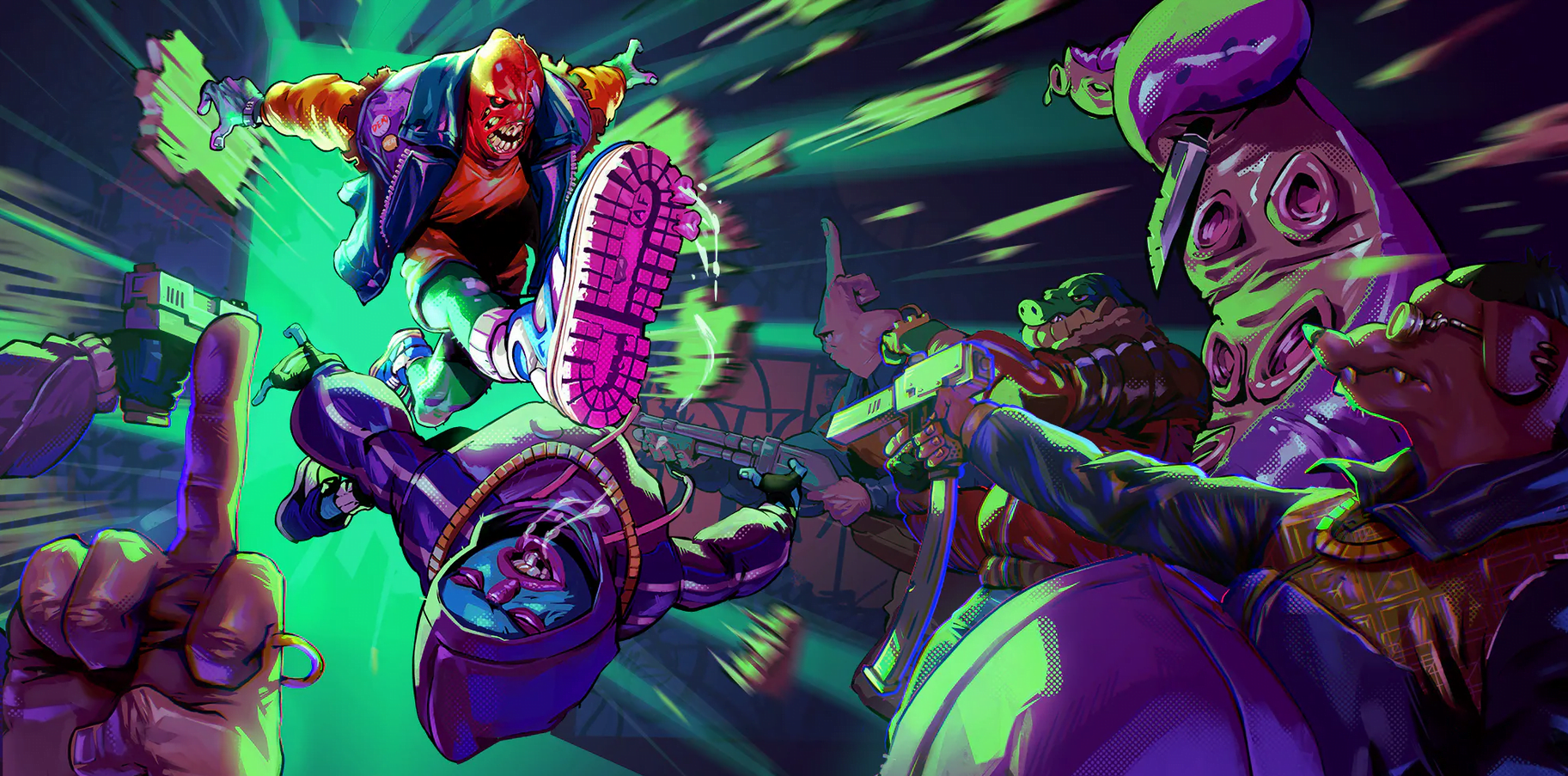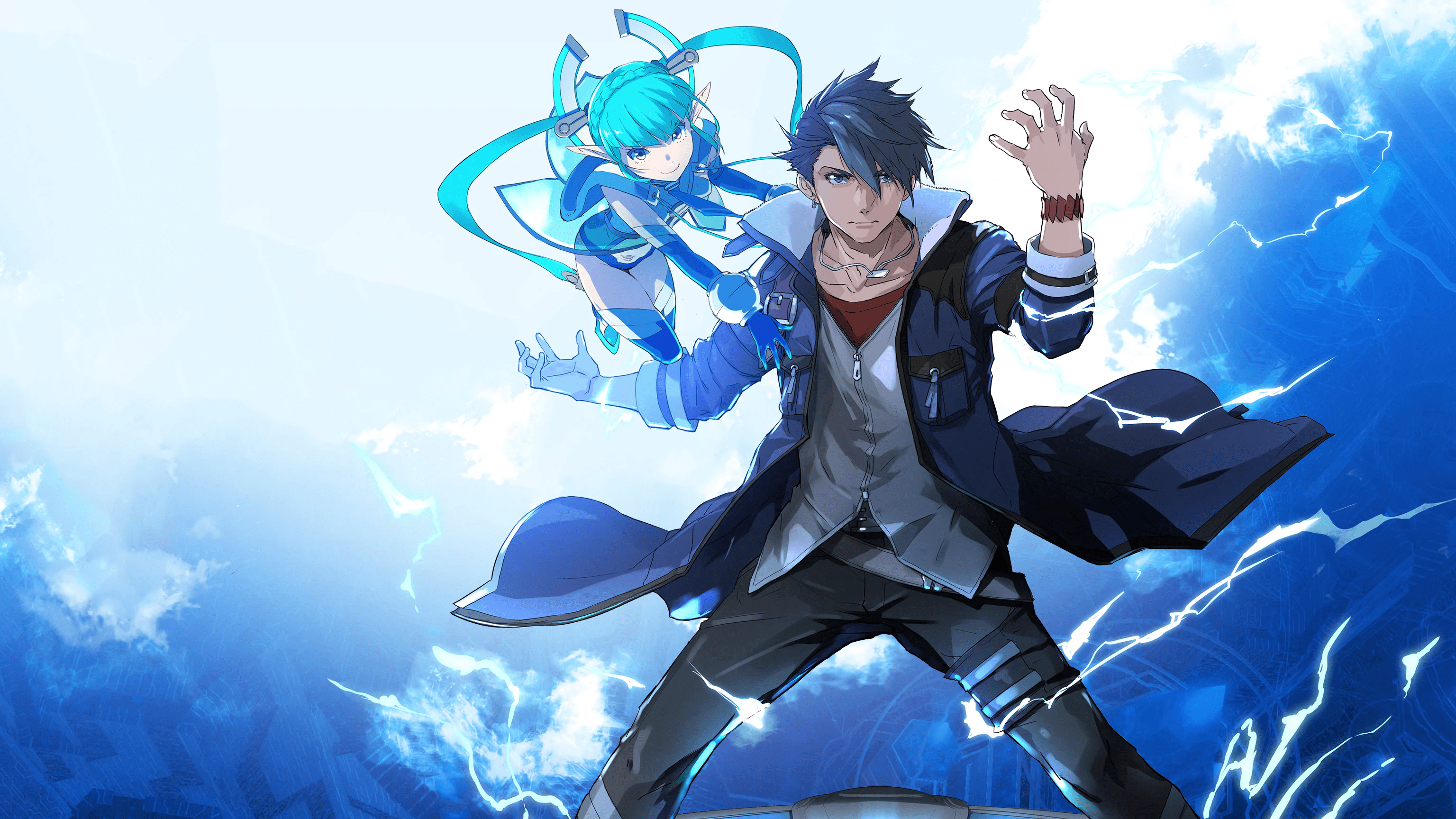In case you have been with Entertainium for a while, you have probably read some of my thoughts on the Switch’s Joy-cons and how they’re not really suited for a lot of the games that come out for Nintendo’s portable machine. The main issue I have with them is that they’re not really suited for action-heavy games, and thanks to their small size and uncomfortable shape, I’m never able to find myself fully enjoying playing using them.
One of the bigger problems comes with the way Nintendo designed the left directional pad, opting to break it apart into four face buttons — like the Nintendo 64’s C buttons — so that when set up to be played in portable stand mode, both Joy-Cons can be used sideways. It makes it so games that require the directional pad to be played to be less than a joy due to the inherent lack of precision and ergonomics that comes from not having a directional pad, which ironically enough was one of Nintendo’s biggest inventions back in the 1980s that really put them ahead of the competition.
HORI swooped in last year in order to try and provide a suitable fix for this problem by releasing a colorful set of replacement Joy-Cons that work exclusively in portable mode. While at E3 last month, HORI provided me with a set in order to try them out for myself at home, and I’m very surprised with my findings. They work incredibly well in regards to their intent of replacing my Switch’s original left Joy-Con, and are great for 2D games like the recently released Super Mario Maker 2, which I’ve been having a lot of fun with.

The models that I was given were The Legend of Zelda and Super Mario Bros. designs that are really good looking and look pretty spot on design-wise when compared to the Nintendo-built left Joy-Con that my Switch came with. Aside from a slightly popped minus button and the obvious inclusion of a bonafide D-Pad instead of four face buttons, these HORI Joy-Cons could easily just been made by Nintendo (in fact, they’re officially licensed), which is definitely a huge plus in my book, considering the overall quality of third party peripherals and replacement controllers that I’ve dealt with over the years.
The included D-Pad feels good and pretty much spot on with what you might been used to playing with if you’ve been messing with Nintendo’s consoles for a while. My personal issue with the Switch not being entirely comfortable to play in handheld mode still remains, but for the function that they’re built for, these new D-Pad Joy-Cons do they job quite admirably, and should give you an extra layer of precision in games that make precise use of directional inputs, like the upcoming Blazing Chrome, the many Genesis classics included in a recently released collection, the NES titles from the Switch Online service, and the aforementioned Super Mario Maker 2.

However, these Joy-Cons come with their own set of limitations. Due to the fact that they’re strictly to be used in handheld mode, they don’t feature an internal battery, resulting in a lack of any sort of wireless play, unless they’re used while connected to the Switch portable screen. This makes them slightly limited in terms of usability — that’s understandable since they’d be pretty much duds for multiplayer handheld games due to their lack of face buttons, but it would have been nice to be able to use them with the Switch rechargeable grip, which funnily enough they’re noticeably designed not to fit into thanks to an extra few millimeters of bulk. They also require a little more oomph to fit into the sliding mechanism of the Switch screen, but not much, so you won’t need to go overboard with your gamer strength trying to get the thing to fit into your Switch.
While I’m not particularly a fan of using Joy-Cons on their own as individual controllers in portable mode, nor as analog controls in either handheld or docked grip mode, I can now certainly appreciate their functionality now as digital inputs for retro and/or 2D games thanks to the improvements brought in by HORI’s rework of the D-Pad. It helps that these new models look positively beautiful. They’re relatively cheap coming in at 20 dollars, and are very much work picking up if you aim on taking these type of games on the go, even if the Joy-Cons themselves are somewhat limited in functionality.
Originally not available outside of Japan without importing, the HORI Joy-Cons are now available for purchase via their website and a number of different retailers in the US, along with the rest of their catalog that includes Gamecube replacement controllers that work on the Switch that can be used to play Super Smash Bros Ultimate, as well as their own Switch Pro Controller and a mini USB arcade stick.




